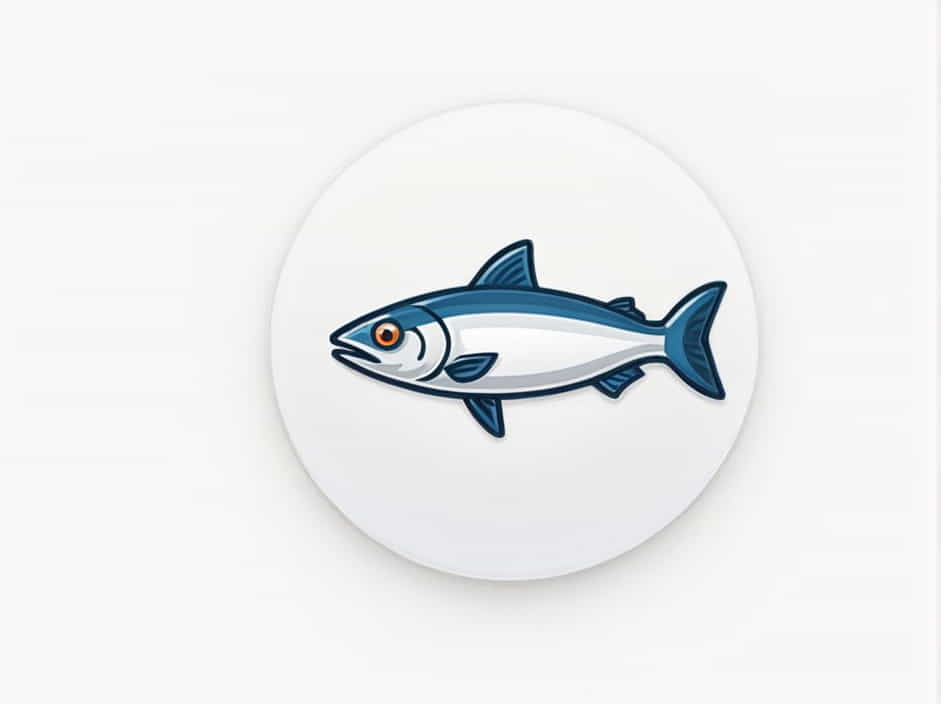Sardines and pilchards are small, oily fish that are often confused with each other. Many people assume they are two different species, while others believe they are the same fish with different names. This content will clarify the relationship between sardines and pilchards, their characteristics, and how they are classified in different parts of the world.
Understanding Sardines and Pilchards
What Are Sardines?
Sardines are small, silvery fish that belong to the Clupeidae family, which also includes herring. They are commonly found in temperate and subtropical waters worldwide. Sardines are known for their high omega-3 fatty acid content, making them a nutritious choice for a balanced diet.
What Are Pilchards?
Pilchards also belong to the Clupeidae family and share many similarities with sardines. They are slightly larger and are often found in schools near coastal areas. Pilchards are popular in canned fish products and are consumed worldwide.
Are Sardines and Pilchards the Same Fish?
The terms ‘sardine’ and ‘pilchard’ are often used interchangeably, but their classification can vary depending on regional naming conventions and fish size.
- Size-Based Classification In many cases, sardines and pilchards are the same species, but the difference lies in their size. Generally, smaller fish (under 15 cm) are referred to as sardines, while larger ones (over 15 cm) are called pilchards.
- Regional Differences The name varies by country. In some regions, people use ‘sardine’ for all young fish, while ‘pilchard’ is used for mature ones.
Scientific Classification
There is no single species known as a ‘sardine’ or ‘pilchard.’ Instead, these terms refer to several different species within the Clupeidae family. Some common species include:
- Sardina pilchardus European pilchard, often labeled as a sardine when young.
- Sardinops sagax Known as the Pacific sardine or pilchard, depending on size.
- Sardinella longiceps Commonly called the Indian oil sardine.
- Sardinella aurita Also known as the round sardinella, found in tropical waters.
Key Differences Between Sardines and Pilchards
While sardines and pilchards are closely related, some distinctions exist based on size, texture, and culinary uses.
1. Size
- Sardines are usually smaller, measuring under 15 cm in length.
- Pilchards are larger, typically over 15 cm.
2. Texture and Flavor
- Sardines have a more delicate texture and mild flavor.
- Pilchards tend to have a firmer texture and stronger taste due to their larger size.
3. Culinary Uses
- Sardines are often grilled, smoked, or canned in oil or tomato sauce.
- Pilchards are frequently used in stews, soups, or canned in brine.
Health Benefits of Sardines and Pilchards
Both sardines and pilchards are nutrient-dense and offer numerous health benefits.
1. Rich in Omega-3 Fatty Acids
These fish are excellent sources of omega-3 fatty acids, which promote heart health, reduce inflammation, and support brain function.
2. High in Protein
A single serving provides a significant amount of protein, essential for muscle growth and repair.
3. Good Source of Calcium and Vitamin D
Since sardines and pilchards are often eaten whole with bones, they provide calcium and vitamin D, which are important for bone strength.
4. Low in Mercury
Compared to larger fish like tuna, sardines and pilchards have lower mercury levels, making them a safer seafood choice.
Global Consumption of Sardines and Pilchards
Different regions have their own preferences when it comes to sardines and pilchards.
Europe
- In Spain, Portugal, and France, sardines are grilled fresh or preserved in olive oil.
- The United Kingdom commonly refers to larger canned sardines as pilchards.
North America
- The U.S. and Canada mainly use the term sardines, regardless of size.
- Sardines are a popular canned fish option.
Asia
- India is one of the largest consumers of Indian oil sardines.
- In Japan, sardines are often eaten fresh or dried.
Africa
- Sardines and pilchards are widely consumed in Morocco, a major exporter of canned sardines.
Sustainability and Fishing Practices
Both sardines and pilchards are considered sustainable seafood choices due to their fast reproduction rates and abundant populations. However, responsible fishing practices are essential to maintain healthy stocks.
Sustainable Fishing Methods
- Purse Seine Fishing A common method that minimizes bycatch.
- Regulated Quotas Ensuring fish populations remain stable.
- Marine Conservation Efforts Many organizations monitor sardine and pilchard fisheries to prevent overfishing.
Sardines and pilchards belong to the same fish family and are often the same species, but the distinction comes down to size and regional naming conventions. Sardines are generally smaller and milder, while pilchards are larger with a stronger taste. Regardless of the name, both fish offer excellent nutritional benefits, are sustainable choices, and remain popular in global cuisine.
